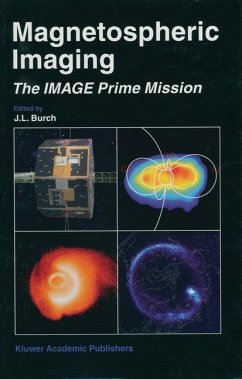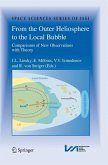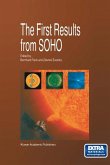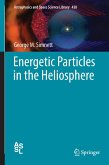The Imager for Magnetopause-to-Aurora Global Exploration (IMAGE) is a NASA Explorer mission that is the first space mission dedicated to imaging of the Earth's magnetosphere. IMAGE was launched from Vandenberg AFB into an elliptical polar orbit by a Delta II launch vehicle on March 25, 2000. The two-year prime sci entific mission of IMAGE began on May 25, 2000 after instrument commissioning was successfully completed. IMAGE has now been approved for operation until October 1,2005, and an additional two-year extension is now being considered by NASA. The papers in this volume represent many of the scientific results obtained dur ing the IMAGE prime mission and include some of the early correlative research with ground-based measurements, measurements from other spacecraft such as Cluster II, and relevant theory and modeling programs. All of the reported work is related to the overall IMAGE science objective: How does the magnetosphere respond globally to the changing conditions inthe solar wind? IMAGE addresses this question with multi-spectral imaging of most of the important plasma pop ulations of the inner magnetosphere, combined with radio sounding of gradients of total plasma content. The new experimental techniques fall into the following areas: neutral atom imaging (NAI) over an energy range from 10 eV to 500 keY for detection of ionospheric outflow, the plasma sheet, and the ring current; far ultraviolet (FUV) imaging at 121-190 nm for detection of precipitating protons and the global aurora; extreme ultraviolet (EUV) imaging at 30.








